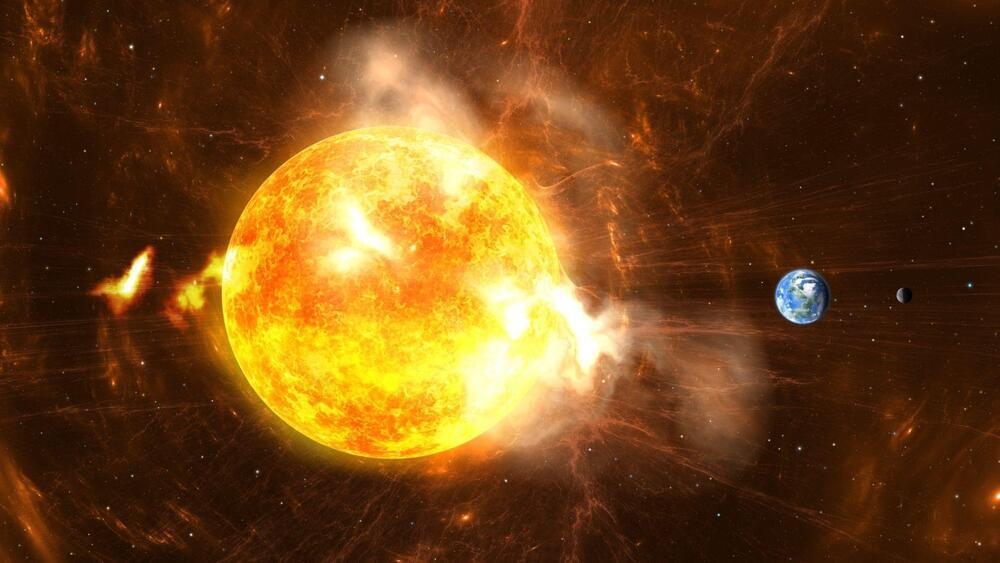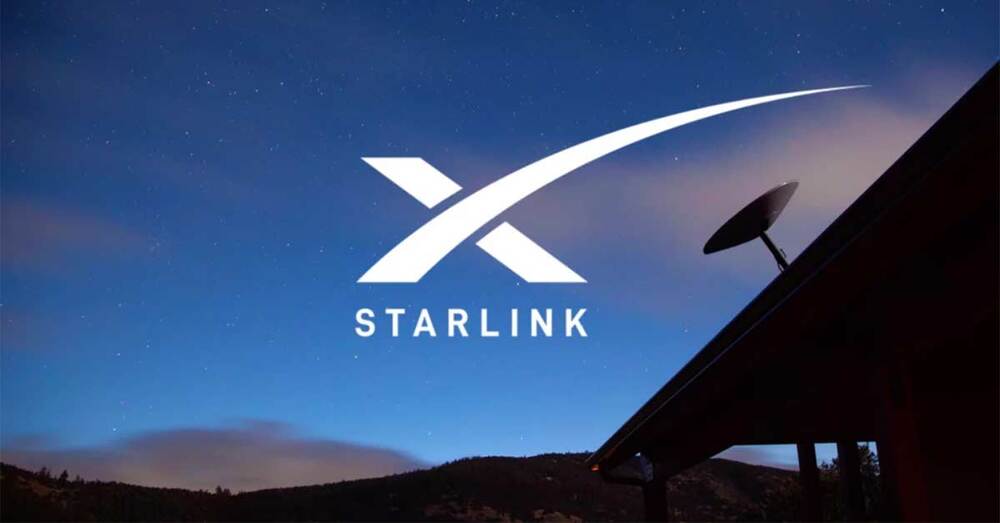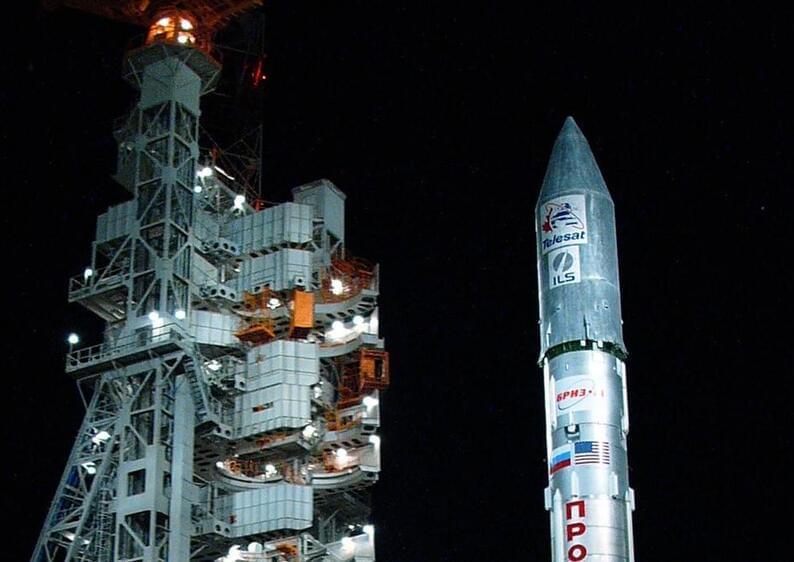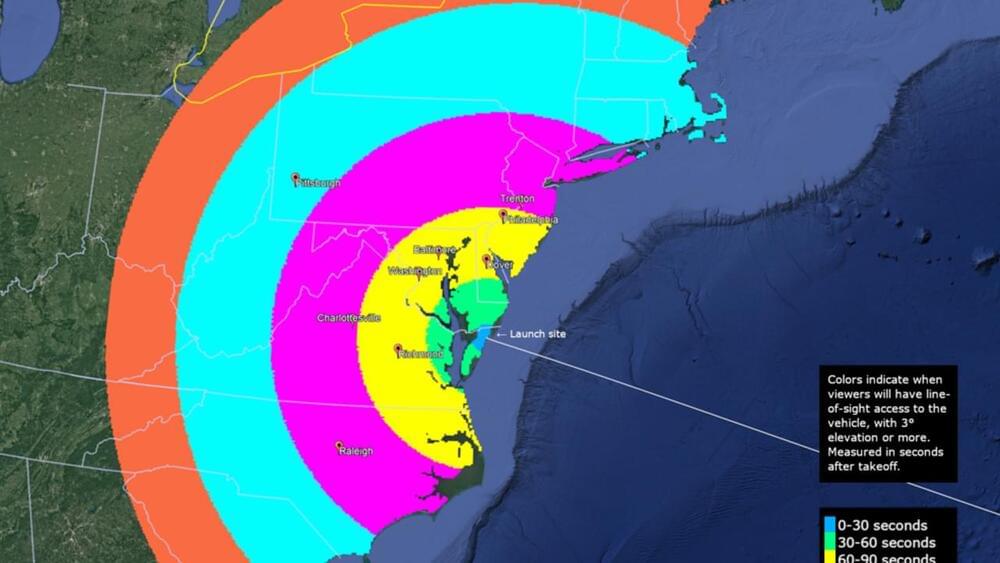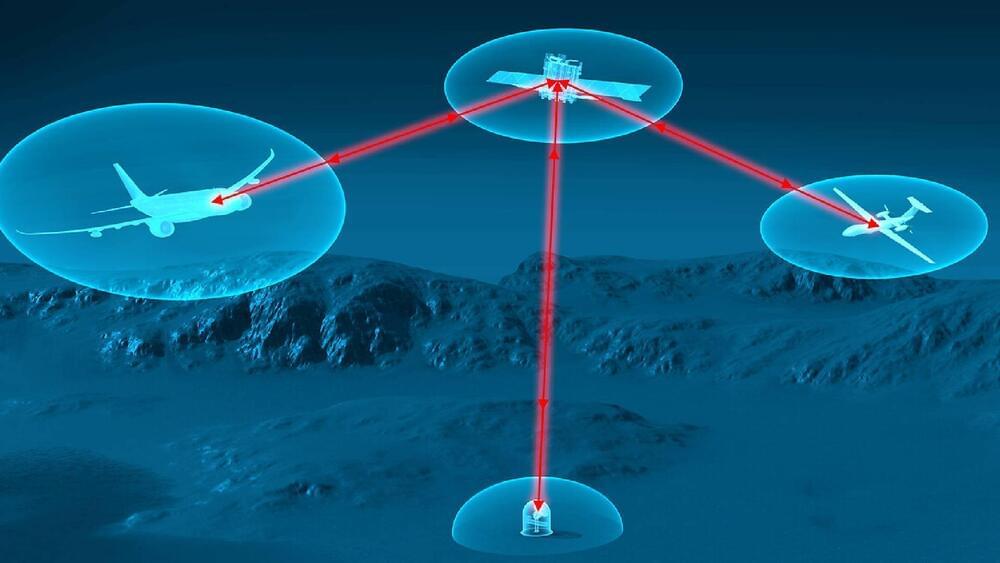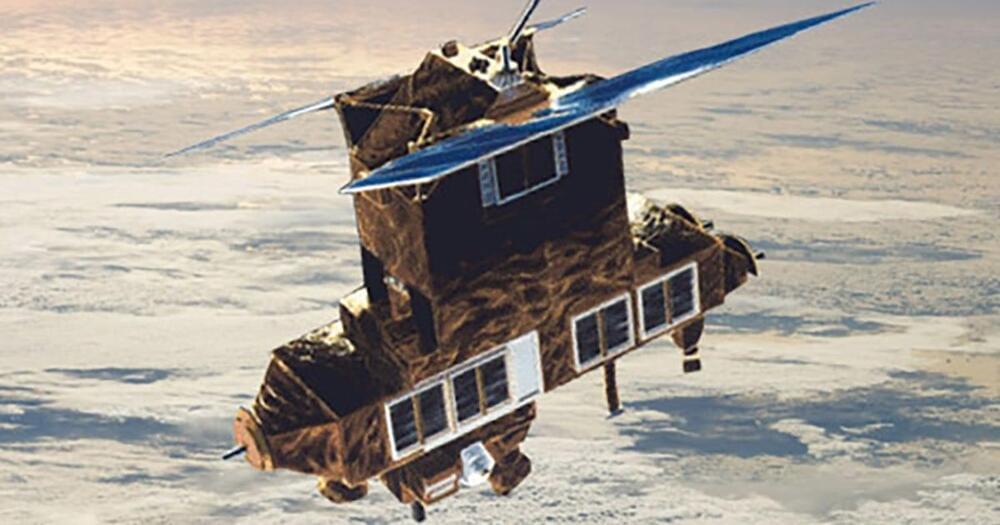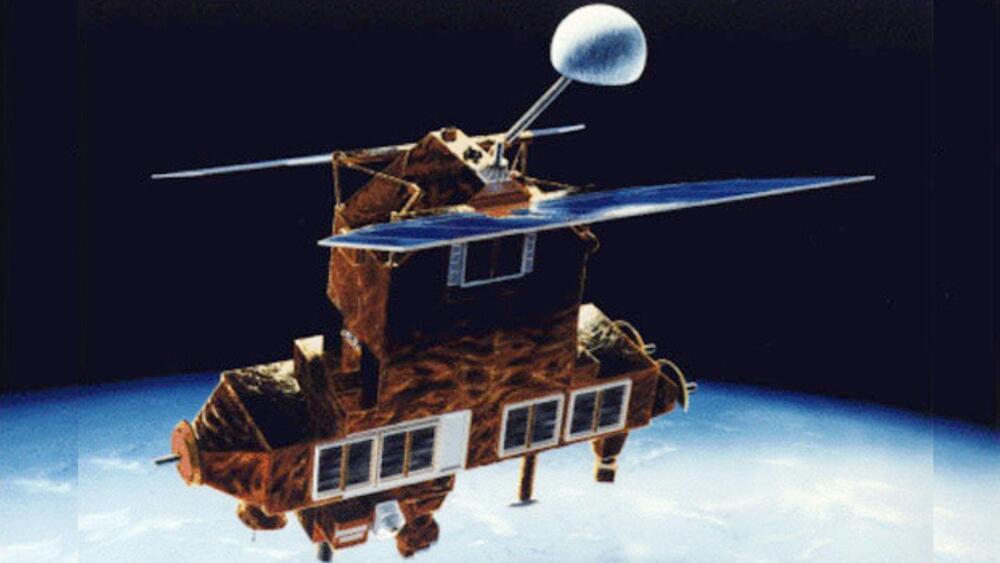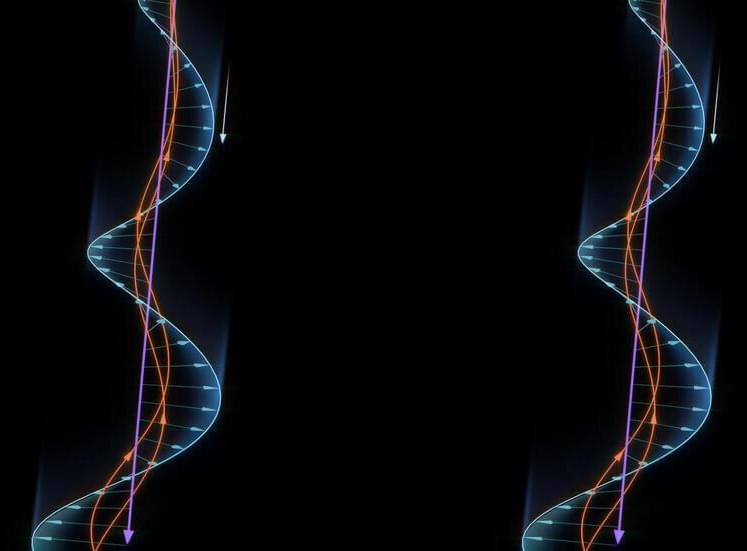The team recreated a turbulent magnetic reconnection, suggested to be a trigger of solar flares.
On January 10, NASA’s Solar Dynamics Observatory recorded a massive X-class solar flare. The blast hurled debris into space, and radiation from the flare triggered radio blackouts across the South Pacific. The solar outburst was the third X-class — the most powerful — flare in less than a week.
These intense bursts of radiation from the release of magnetic energy associated with sunspots can be dangerous — in February 2022, SpaceX lost 40 of its newly launched Starlink communications satellites due to a geomagnetic storm triggered by a solar flare.
